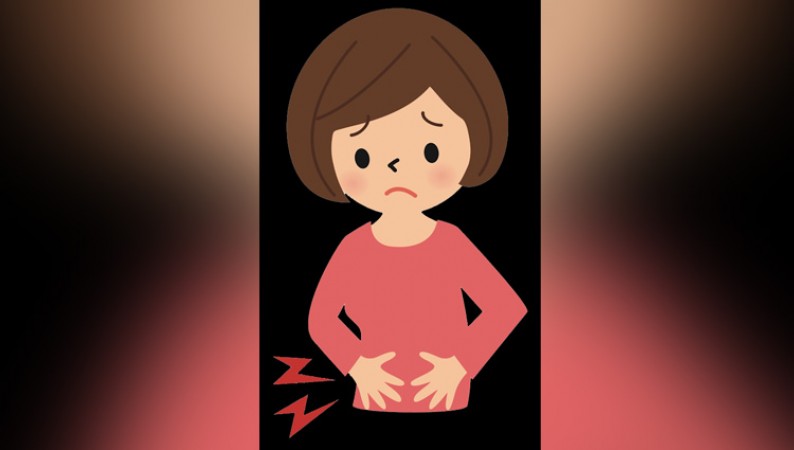
Pelvic pain is a complex issue that affects many individuals and can have a significant impact on their quality of life. This discomfort, which can range from mild to severe, can originate from various sources within the pelvic region. Understanding the causes and available treatments is crucial for those seeking relief.
Understanding the Underlying Causes
Pelvic pain can arise from a variety of sources, each requiring a tailored approach to treatment. Some common underlying causes include:
1. Gynecological Issues
2. Urological Problems
Seeking Relief: Pelvic Pain Treatments
Addressing pelvic pain involves a multidisciplinary approach, considering the specific cause and individual needs. Treatment options encompass:
1. Medical Interventions
2. Physical Therapy
3. Surgical Interventions
Navigating the Journey to Relief
Embarking on the path to relief from pelvic pain requires a proactive approach:
1. Consult a Specialist
2. Discuss Symptoms
3. Explore Treatment Options
Pelvic pain can be a debilitating condition, but with proper diagnosis and tailored treatment, individuals can find relief and improve their quality of life. Consulting with healthcare professionals and exploring various treatment avenues is the key to reclaiming comfort.
How Much Chives Should You Consume?
Ladies, Take Note: The Incredible Benefits of Ashwagandha
A Small Amount of Nuts Daily May Reduce the Risk of Depression